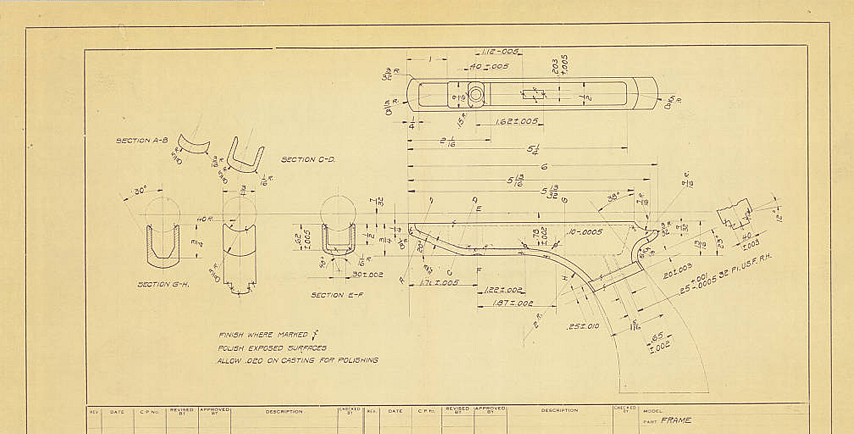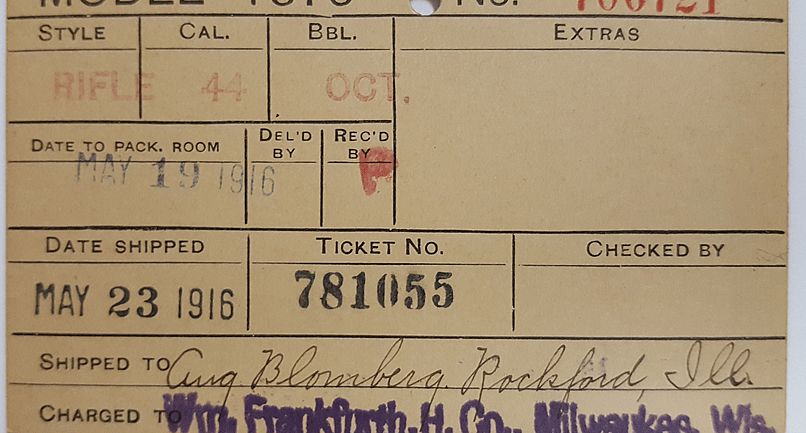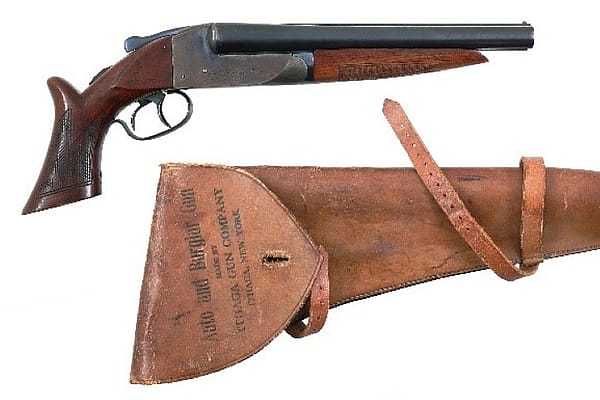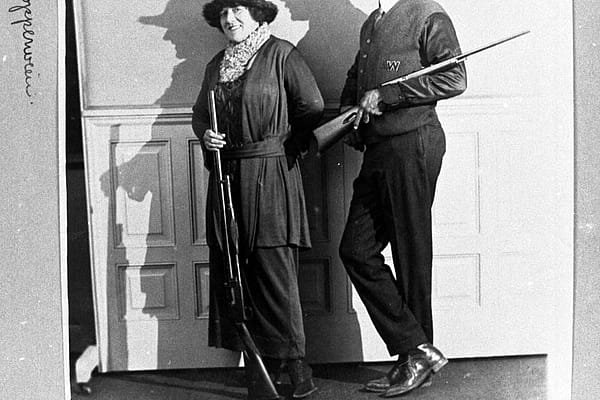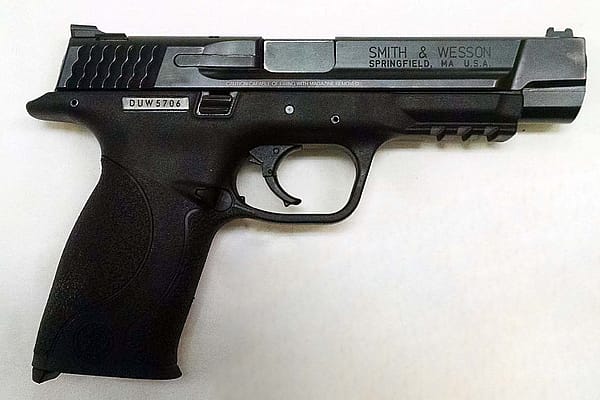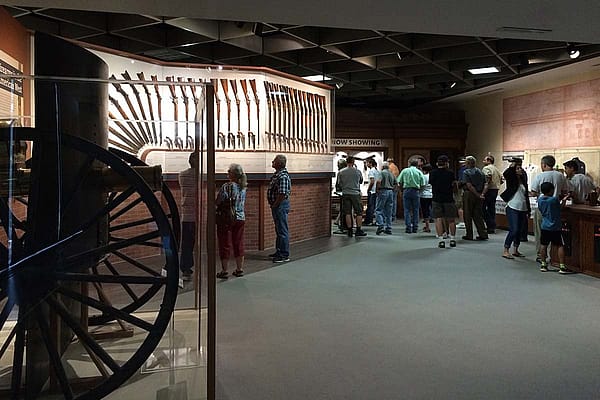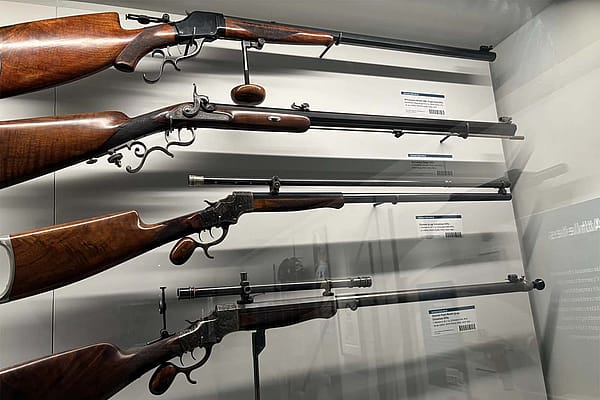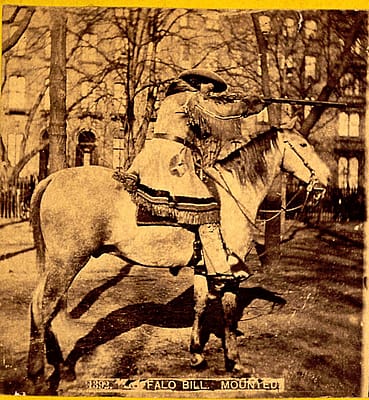
Setting the Records Straight: A Glimpse into the Archives
Do you keep a journal? A secret diary? A to-do list on a post-it note?
I know the idea of writing with paper and pen seems foreign in today’s technologically advanced society, but part of being human means recording our stories. For organizations like Winchester Repeating Arms Company or Schuyler, Hartley, and Graham, writing down transactions and keeping employee files not only promoted good business, but it helped create and preserve their legacies.
The staff of the Cody Firearms Records Office spend hours each day working to transcribe the records of said legacies, but the road is not always a smooth one. They decipher the handwriting of individuals who wrote without realizing that people would want to read it 115 years later. No doubt the clerks at the Winchester warehouses would laugh in our faces if we told them that someday thousands of dollars would hinge on a single row of their scribbles in a ledger.
So, what does the Cody Firearms Records Office staff look at when someone calls in wanting information?
Well we end up referring to the Winchester Factory Ledgers for information more often than not. The staff in the Cody Firearms Records Office has access to 286 individual Winchester ledgers, dating from 1873 to the early 1900s. Below is a snippet from one such ledger. Can you figure out what line 69 says?
The record above represents an average entry that the staff need to examine, but occasionally a request comes in that proves a smidge difficult. The below image shows a record, line 69 again, that required four different staff members to decipher.
After working on this record for a few hours, the staff of the Cody Firearms Records Office realized that the clerks wrote multiple different entries on the same line, one entry right over the other. The different entries even overflowed into the page’s margins, showing over a dozen returns and repairs for this firearm.
Beginning in 1906, Winchester switched over to individual index cards of which the museum has 83 boxes with around 1,200 cards in each. They prove a little easier to decipher than the ledgers, but handwritten notes on the backs of these cards can throw a wrench into the research.
In the end, over 3.5 million records exist on the museum property for the Winchester Repeating Arms Company. This total does not include 26 years worth of Marlin ledgers, 50 years worth of L.C. Smith records, or 24 volumes of Ithaca records also in the archives.
With practice these scribbles become letters, letters become words, and words become legacies.
Written By
Kirsten Belisle
Kirsten Belisle is from Roscoe, Illinois, and she is currently pursuing a master’s degree in Museum Studies at Western Illinois University-Quad Cities. As an intern for the Cody Firearms Museum, Kirsten will create educational programming in the gallery space and assist with a visitor studies campaign within the museum. She has many interests in the history field, but a few include paleography (the study of old writing), US railroad history, and the role firearms played in developing leisure culture.
